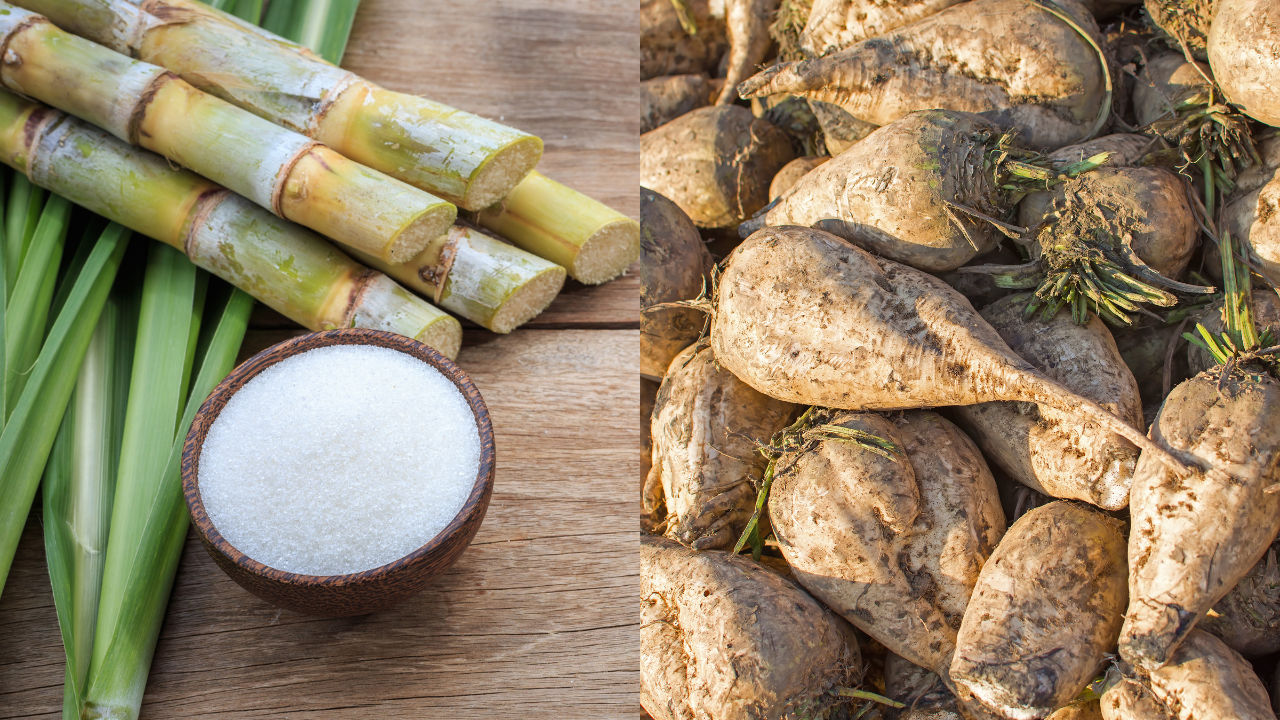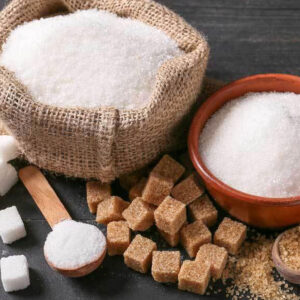People researching beet sugar vs cane sugar often want to know which dissolves better in hot drinks.
People researching beet sugar vs cane sugar often want to know which dissolves better in hot drinks.
Blog Article
Discover the Uses and Advantages of Beet Sugar Vs Cane Sugar in Your Daily Diet Plan
Checking out the unique qualities of beet and cane sugar discloses greater than simply their sweetening capacities; it highlights their distinct effects on health and cookeries. Beet sugar, understood for its refined taste, is typically preferred in delicate desserts, whereas cane sugar, with its tip of molasses, adds richness to robust recipes. Each type holds its very own dietary account and glycemic effects, inviting a much deeper understanding of their duties in a balanced diet regimen and lasting consumption techniques.
Beginning and Production Procedures of Beet and Cane Sugar

The distinct climates and soil types required for expanding sugar beets and sugarcane add to differences in their cultivation practices and geographical distribution, influencing the business economics and sustainability of their manufacturing. beet sugar vs cane sugar.
Nutritional Contrast Between Beet Sugar and Cane Sugar
In spite of originating from various plants, beet sugar and cane sugar are nutritionally really similar, both mostly containing sucrose. Each supplies about 4 calories per gram, converting to roughly 16 calories per tsp. Structurally, both sugars are made up of about 99.95% sucrose, with minimal quantities of various other materials like dampness and trace element, which do not significantly alter their dietary profiles.

Eventually, when picking between beet sugar and cane sugar based on nutritional web content alone, both offer similar benefits and disadvantages as they are essentially types of the same molecule-- sucrose, providing quick energy without various other nutrients.
Influence On Health: Glycemic Index and Caloric Content
Discovering better right into the effects of beet sugar and cane sugar on health and wellness, it is necessary to consider their glycemic index and caloric content. Both sugars are classified as sucrose, which contains sugar and fructose. This make-up leads them to have a similar effect on blood glucose degrees. The glycemic index (GI) of both beet and cane sugar is around 65, categorizing them as high-GI foods, which can trigger fast spikes in blood sugar levels. This is a vital aspect for people taking care of diabetes mellitus or those trying to maintain their energy degrees throughout the check my reference day.
Each kind of sugar has about 4 calories per gram, making their calorie content equivalent. For those keeping an eye on caloric intake, especially when taking care of weight or click to investigate metabolic health problems, comprehending this equivalence is essential (beet sugar vs cane sugar). Excessive usage of any high-calorie, high-GI food can add to health concerns such as excessive weight, heart disease, and insulin resistance.
Environmental and Economic Factors To Consider of Sugar Manufacturing
Beyond health effects, the production of beet and cane sugar likewise increases significant ecological and financial issues. Sugar beet cultivation often tends to call for cooler environments and has a reduced geographical footprint compared to sugar cane, which grows in exotic areas. Nevertheless, both crops are extensive in terms of water use and land profession, potentially bring about logging and water deficiency. Financially, the international sugar market is highly volatile, influenced by modifications in worldwide profession plans and subsidies. Lots of nations incentivize sugar production through financial support, skewing market value and influencing small farmers adversely.
In addition, making use of chemicals and fertilizers in both beet and cane sugar growing can result in dirt degradation and contamination, additional affecting biodiversity and neighborhood water bodies (beet sugar vs cane sugar). The selection between cultivating sugar beet or cane often rests on regional ecological problems and economic factors, go right here making the sustainability of sugar manufacturing a complicated concern
Culinary Applications and Taste Differences
While the ecological and financial facets of sugar manufacturing are without a doubt substantial, the option in between beet and cane sugar additionally affects culinary applications and flavor accounts. Beet sugar, derived from the sugar beet plant, is known for its extremely neutral preference. This makes it a versatile active ingredient in cooking, where it does not alter the flavor of other parts. It dissolves swiftly and is excellent for use in cakes, cookies, and pastries.
Walking stick sugar, removed from sugarcane, frequently preserves molasses traces, which impart a distinctive richness and deepness. This slight molasses taste improves the intricacy of baked items, sauces, and marinades. It is especially preferred in things where a caramel touch is desired, such as in brownies or gingerbread. The minor variation in moisture material in between beet and cane sugar can impact the structure and uniformity of meals, making cane sugar a recommended option for specific dishes that benefit from its special residential properties.

Verdict
Finally, both beet and cane sugar have unique origins and manufacturing procedures, providing comparable nutritional accounts with small differences in salt material and flavor. While their effect on wellness, specifically pertaining to glycemic index and calories, is equivalent, the choice in between them frequently comes down to ecological, financial aspects, and certain cooking demands. Understanding these aspects can assist customers in making informed decisions that line up with their wellness objectives and flavor choices.
Report this page